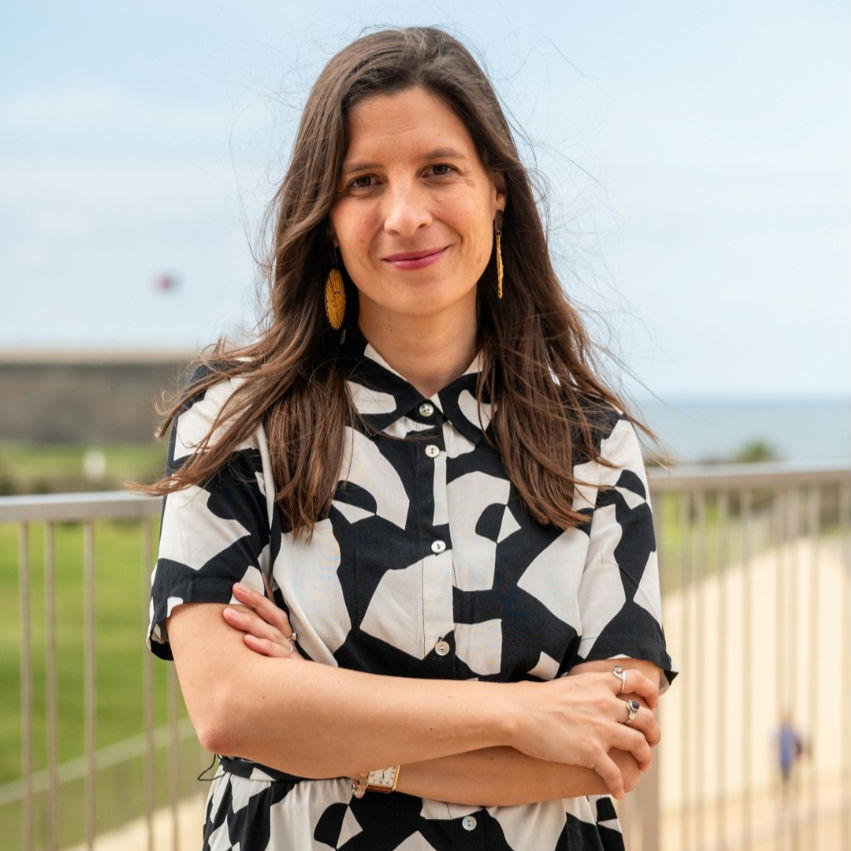INTRAPRENEURS IN CLIMATE | Bringing Humanity Back to the System
- Daniela Elster
- May 8
- 4 min read

Author: Daniela Elster
In the face of the global climate crisis, hope can feel elusive. Yet for intrapreneurs, hope is not a passive emotion—it’s a radical act of courage, clarity, and commitment. In 2024, the League of Intrapreneurs launched its first Climate Fellowship, followed by a powerful panel discussion during Global Intrapreneur Week with Fellows working at the intersection of climate and systems change.
For these intrapreneurs, hope is found in action—through deep listening and consistent presence. It emerges when we make space for trust and reconnect systems to the human lives they’re meant to serve.
This article gathers the reflections of Climate Fellows and the League team on what it takes to put meaningful change into motion—by bringing humanity back to the system.
SEEING THE WHOLE SYSTEM
Among Climate Fellows, there is a shared understanding: addressing climate change requires both systemic thinking and individual commitment. While large-scale organizational strategies are essential, real progress happens when individuals align their personal values with broader corporate ambitions.
Hope grows when individuals recognize their power to influence systemic change. There is a contagious effect of change. But, at the same time, it is essential to have a call for collective responsibility and collaboration.
It was noted that hope grows when individuals recognize their power to influence systemic change. There is a contagious effect of change. But, at the same time, it is essential to have a call for collective responsibility and collaboration. While climate action can feel daunting at an individual level, hope is found in shared journeys and mutual support. Change, though often slow, builds momentum when people work together. Intrapreneurship in the climate sector requires a systemic view that connects various sectors and recognizes the interdependence of environmental, social, cultural and economic factors.

INTEGRATING CLIMATE STRATEGIES: BREAKING SILOS
For climate action to take root, it must be embedded across the entire organization—from high-level strategy to daily behaviors. This means breaking silos, shifting mindsets, and ensuring that every function—from procurement to marketing—understands its role in advancing sustainability.
Intrapreneurs often act as translators, bridging the technical with the human. They create a common language that resonates across departments and helps people see how climate goals connect with their own work.
As Luis Carvajal, Climate Fellow and Senior Sustainability Manager at Siemens Energy, put it:
“Sustainability isn’t a side project. It’s a way of working that should touch every role and decision in an organization.”
"Integrating sustainability requires breaking down silos within organizations and embedding climate thinking into the corporate strategy, ensuring that every department — from procurement to marketing — understands its role in achieving sustainability goals.”
OVERCOMING CULTURAL BARRIERS AND DRIVING CHANGE
Integrating climate action is not without challenges. Cultural resistance and bureaucratic inertia are highlighted as common barriers across both corporate and public sectors.
But change doesn’t happen without discomfort.
Complex bureaucratic processes often slow down even the simplest sustainability initiatives.
Yet, however slow, it begins with challenging assumptions and inviting others into the process. Hope grows when people see that change is possible, even in small steps. To be able to go through these challenges, the most needed capacities are patience, persistence, and strategic advocacy.
“Sustainability isn’t a side project, it is a way of working that should touch every role and decision
in an organization”
Luis Carvajal Climate Fellow and Senior Sustainability Manager at Siemens Energy.

THE ROLE OF ARTIVISM AND EMOTIONAL CONNECTION
Beyond policies and frameworks, there’s another dimension to this work: emotional connection. Storytelling, art, and lived experience help people connect to climate action not just intellectually—but emotionally.
Celia Ramirez, Climate Fellow and Director of Social Pedagogy at Coordinación Cuidamos Guadalajara, describes herself as an artivist—an activist who uses art to inspire dialogue and reflection.
“Art invites people to connect from the heart, breaking down barriers and opening space for meaningful conversations,” she shared.
Luis also spoke to the need for emotional space in corporate settings, where climate conversations can feel overly technical:
“We have to make room for emotions in these conversations. That’s how we create understanding and motivate action.”
When we humanize climate challenges, we open doors—for engagement, for empathy, and for action rooted in genuine care.
THE POWER OF TRUST
What allows this work to endure—especially when it’s slow, complex, and often met with resistance—is trust. As League mentor Steffan Koch shared:
“Trust builds when people feel included and empowered. Sometimes the simplest actions—like removing barriers to collaboration—can have the biggest impact.” Trust doesn’t come from strategy alone. It grows through shared effort, openness, and consistency. It’s what makes the invisible threads of change hold together. Intrapreneurs in climate are not just implementing strategies—they’re reshaping culture. By breaking silos, tending to emotions, inviting collaboration, and staying grounded in their values, they’re bringing humanity back into systems that desperately need it. And in that effort, a quieter force emerges—not optimism, but a kind of steady conviction: that small, human acts can move even the most complex systems.
Trust builds when people feel included and empowered… And sometimes,
the simplest actions—like removing barriers to collaboration—
can have the biggest impact.”
Stefan Koch
League Mentor and Head of Materials & Infrastructure Industry Communities world economic forum

Daniela Elster is Head of Community and Strategic Partnership at the League of Intrapreneurs and a consultant in regenerative development, sustainability, and experience design, with global experience and a background in strategic communication and social innovation.





Comments